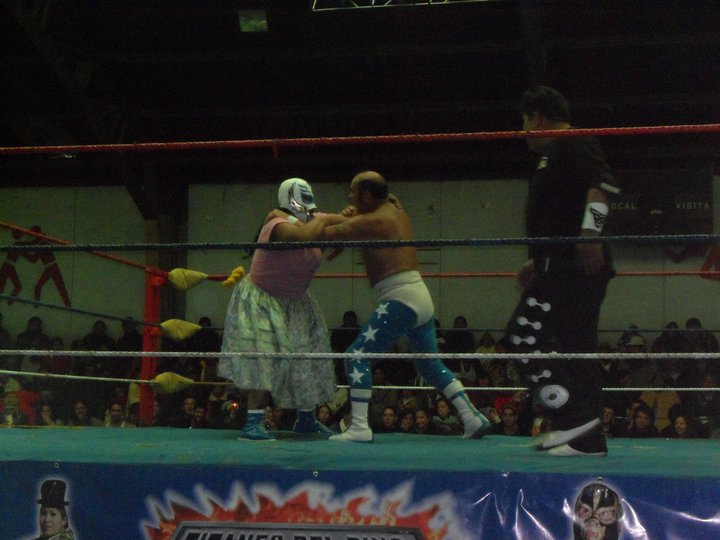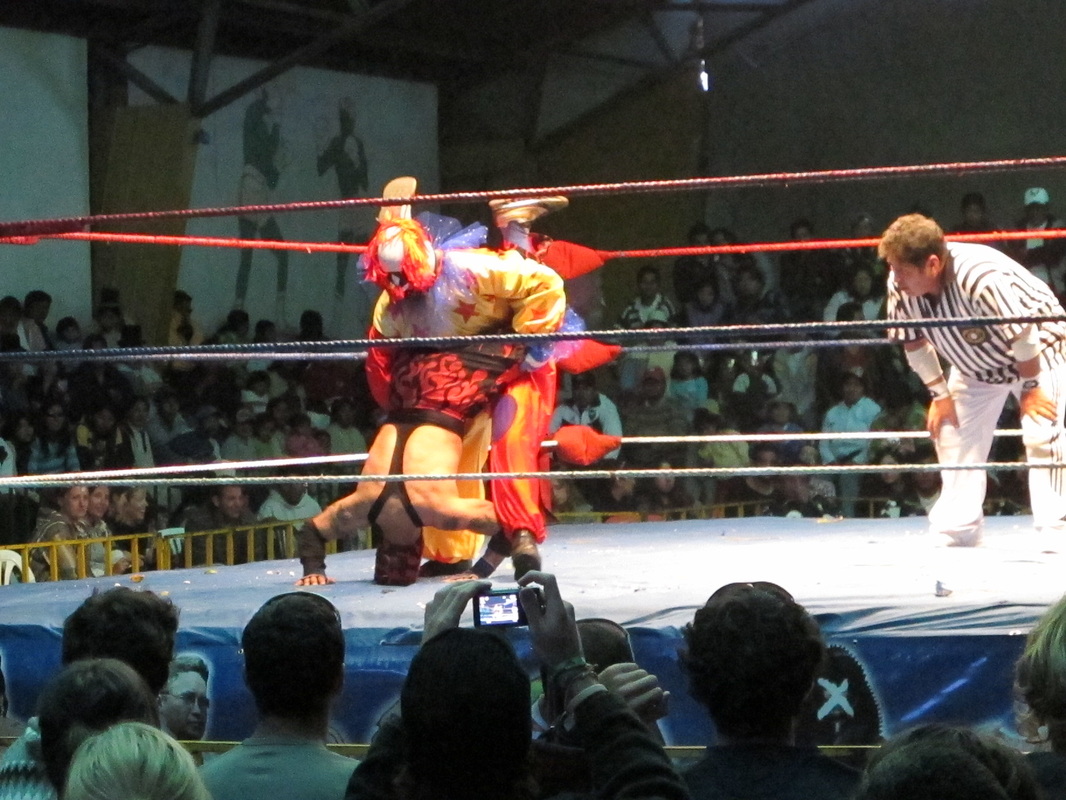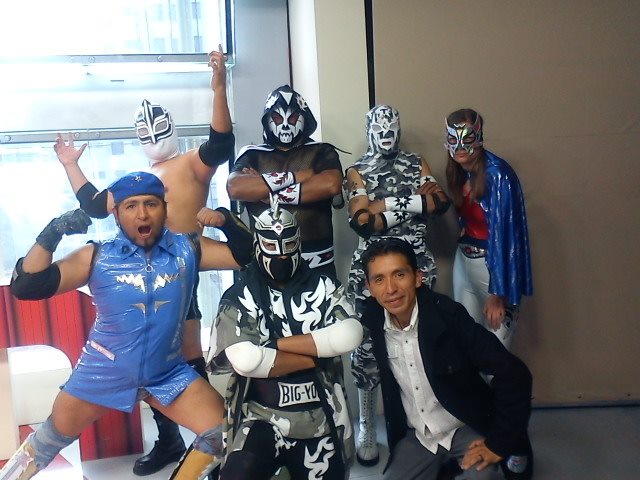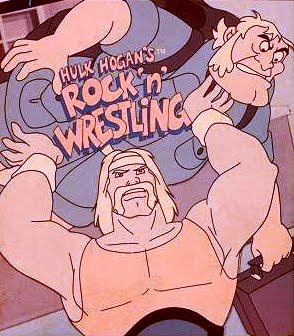That is, Edgar asked if I wanted to go to the Multifuncional to see the show and try to work out a deal with Mr. Atlas. And with all the police mutiny going on around here I almost canceled on him and stayed home today. But when he called to tell me he’d be ten minutes late, I pulled on the thick down coat, and headed out the door.
Every match was far more show than lucha. He was right that I should pay attention to the way the luchadores interacted with the audiences. The cholitas arrived in the arena dancing (sometimes with the gringos in the front row), waving, smiling, being cute. The luchadores either greeted people with waves , walking all the way around the ring, or insulted the audience immediately. Throughout the matches they often stopped to interact with the audience. When Cobade jumped on the corner ropes in the middle of the match, the little girl next to me yelled “maricon” over and over. “Tu papá es un maricon. Yo soy hombre.” He responded. Yes, indeed, I need to beef up my interaction and acting.
But the wrestling itself, the claves, the cayes, the castigos, were less than impressive. I have yet to do any quantitative analysis on the subject, and perhaps my very central role biases me, but I would venture to say that my own matches have about twice as many actual wrestling moves per minute as the Titanes del Ring matches. And to me, this made them slow and boring. Certainly there was more humor involved. And the audience was given ample opportunity to shout, throw things, generally become “part” of the act. Perhaps in Super Catch matches they are more spectators than contributors.
And the very gendered history of all this added to my assumption that Edgar’s statements belied sexism, and a dismissal of the possible contribution of women to lucha libre. But tonight I understood where the sentiment was coming from and it seemed to have little to do with gender. After the first three matches he asked “Como te parece?” But didn’t quite give me a chance to answer. “Son malas, no?” And I agreed. They were funny. Lots of humorous yells at the audience, bodily comedy, and goofy antics. But the actual wrestling wasn’t convincing. The claves weren’t done with skill. “Falta mucha technica” says Edgar.
But Titanes del Ring garners an audience. Edgar and I guessed there were around 500 people there. With about 150 tourists paying 50 Bs. a person. And maybe that’s the key. Maybe the actual wrestling doesn’t matter. Maybe its all about the comedy. Last year, plenty of audience members told me the reason they attend shows is that it makes them laugh. Maybe its something like the “oasis” Veronica Palenque is striving for. But I can see how, even if this is what Bolivian audiences want, Edgar and his colleagues hope for something more. Something they can be proud of as technicos and luchadores trying to advance their sport.
In the end discussions with Mr. Atlas went nowhere and we rode the minibus back to el centro discussing what we liked and what we didn’t. There was a good jump from the top rope. Mr. Atlas had a few nice moves. And the skeleton character, Mortis, definitely has some dance moves. And I suppose the good part is, I’m feeling more confident about my own abilities. I didn’t see a single attempt at tijeras tonight. And the plan is to learn los tijeras dobles this week.
Didi-Huberman, Georges
2003 Invention of Hysteria: Charcot and the Photographic Iconography of the Salpêtrière, translated by Alisa Hartz. Cambridge, Mass: MIT Press.
Goffman, Erving
1979 Gender advertisements. Cambridge, MA: Harvard University Press.





 RSS Feed
RSS Feed
